A new curriculum should integrate knowledge and skills. Every subject should be a mix of theory and practice, with no subject focused only on knowledge or only on skills. The head-hands dichotomy of the past should be replaced by opportunities for all students to apply what they know and to learn the theory behind what they do. This expectation should then be reflected in assessment processes that include practical applications, meaningful projects and problem solving.
Third, the current curriculum is not designed to maximise learning. It presents too many students with material they’re not yet ready to learn, and too many others with material they’ve already mastered. This is because it’s based on an incorrect assumption—that students in the same year of school are more or less equally ready for the same year-level curriculum. In reality, the most advanced students in each year group are about six years ahead of the least advanced students.
The consequence is that many students commence year-level curricula not having mastered the content of the previous year’s curriculum. They are forced to move on, ready or not. This happens year after year, with gaps in learning accumulating and year-level curricula becoming increasingly beyond their reach. In NSW by 15 years of age, 20 per cent have failed to reach minimally acceptable levels in reading and mathematics; another 20 per cent have failed to reach levels identified as ‘proficient’. The current design of the curriculum, with its assumption that every student should progress at the same rate, allows many students to fall by the wayside.
At the same time, more advanced students are prevented from moving to a more challenging curriculum when ready. The time-bound nature of the curriculum means that, rather than being challenged and extended, these students often mark time and so fail to reach the levels of which they’re capable.
A new curriculum should address this problem. It should be based on research evidence that successful learning depends on stretch challenges appropriate to the point a student has reached in their learning – not within their comfort zone or well beyond their reach. This requires a different way of structuring the school curriculum. Students should be able to progress through increasing levels of attainment in a subject without being in lock-step. Every student should be expected to make excellent progress every year, regardless of their starting point. But students who require more time should have it, and students ready to progress should be able to do so.
